Table of Contents
Introduction
My apologies for the radio silence for the past week or so; my PC is currently undergoing repairs so I decided to take a brief-ish vacation extended over from the Easter weekend. I’ll try to post as much as I can using my “measurement laptop” in the meantime.
Let’s all welcome the newest kid on the IEM block: SeeAudio.
New to the international market, sure, but apparently (and don’t take my word for it) they’ve been making waves back in their domestic market. Currently SeeAudio’s lineup consists three models: the $170 Yume (with the “Anou” being the JDM variant), the $1,100 Neo (sporting 10 BAs), and the $1,400 Kaguya (with 4 Sonion ESTs and 4 BAs). But for today our attention turns to the littlest brother with the biggest hype.
The Yume, as mentioned, allegedly got rave reviews within the Chinese community, which I assumed led to them branching out to the international market. SeeAudio themselves advertised that the Yume was tuned to the “Harman Target Curve@2020”, which is interesting because the last update I heard from Harman’s research for in-ears was in 2019, and even that was technically unofficial considering that it was just a smoothing of the original IE 2017 target. Anyways, I digress.
So, now one more chifi company sees the light of Sean and his olives. But adherence to Harman only gets you so far, and that’s even assuming they hit it in the first place. So now IEF answers the age old question: how good is the Yume actually?
Product page: https://www.linsoul.com/products/seeaudio-yume
MSRP: $170
Driver configuration: 2BA + 1DD hybrid
This Yume was kindly provided by Linsoul.
Signature & Tonality
Not sure how to read graphs? Click here
The sound signature of the Yume can be described as neutral with a rather mild bass boost, notably focused near the sub-bass frequencies. A fairly inoffensive all-rounder type of IEM.
Of course, at this point most would already know that the Yume pretty much lives and dies on its tonal performance. The tuning is impeccable and it’s not hard to see why, at least under IEF metrics:
Comparison courtesy of the Graph Comparison Tool
The Yume straddles the delicate balance of each frequency range very well, though it is rather interesting that SeeAudio got this tuning pretty much by sheer coincidence after self-admitting that the Yume was supposed to be tuned to the Harman target, and for the most part they’ve pretty much failed in all the right ways. No shoutiness, no muffledness, no bass bloat, no thin mids… the checklist goes on and the Yume seems to hit every point with ease.
On paper, there’s very little to criticise the Yume on. On subjective listening, the discussion becomes a little more nuanced. While I’m firmly in The Church of Sub-bass and would gladly take the Yume over your standard midbass-bloated V-shaped IEM, the Yume would be one of those cases where I’d actually want more midbass presence.
The Yume comes off less as “sub-bass emphasised” and more “neutral with a little more sub-bass than usual”, which makes the Yume a bit more of the boring listen compared to other sub-bassy sets like the ThieAudio Monarch or even the Hidition Viento. That, coupled with the Yume’s subpar treble extension does give off the impression that the Yume is an IEM that firmly specialises in midrange tonality more than anything, and its relative lack of resolution and dynamics isn’t helping its case either. More on that in the next section.
No surprises here to those who have been up to date with the latest IEM rankings, but for those who aren’t… here we have the tonal benchmark for the sub-$200 space. Competition beware.
Tone grade: S-
For more information on the grading system, click here
Technicalities
Alright, so here’s the Yume stumbles.
I’m definitely not the first to report on the Yume’s subpar technicalities (at least in comparison to its outstanding tonality) so if anything I’m on the bandwagon. So if you’re someone expecting the Yume to be some A-tier or even S-tier contender for a stupid-low price, I preemptively apologise for shattering your hopes and dreams. After all, if it’s too good to be true…
Anyways, back to the Yume. I guess the easiest way to describe the Yume’s technicalities would be simply “your average $100 IEM”. Slightly mushy transients, lacks definition and dynamics, and overall just not that detailed. While this problem extends to the entire frequency range as a whole, it seems to be exacerbated in the bass where, despite the dynamic driver woofer, comes off as pretty BA-ish in terms of articulation and authority.
Well, the problem really extends to both ends of the spectrum. The treble too lacks snap and so while the Yume doesn’t sound muffled or boxy, I wouldn’t call it an IEM with good clarity. Just kind of sluggish and fuzzy around the notes.
But despite my critical language and disappointed tone, the Yume is not technically bad, just an underperformer. Could’ve been a real market disruptor if it had decent to good resolution on top of its solid tuning, but for now we’ll just have to settle for less.
Technical grade: C+
For more information on the grading system, click here
Valuation
The Yume is an IEM where the tuning could very well be seen as “excellent” even within the kilobuck space. No doubt, if you’re someone looking for outstanding tonality but aren’t willing to shell out big bucks, the Yume is probably the cheapest “taster” for the top-tier.
But as I’ve stated in the section above, the Yume isn’t perfect. Yes, a “One Trick Wonder” indeed, but at least the disparity between its tonal and technical performance is not as wide as something like, say, one of the Audeze in-ear planars. At the very least, the Yume has a niche it can exploit rather than being a set that neither offends nor attracts.
Definitely worth the price, and also raises the bar for what one should expect out of a sub-$200 IEM.
Value Rating: ★★
“Redefines the price bracket”
For more information on the grading system, click here
Conclusion
The SeeAudio Yume is an IEM that lives and dies on its tuning, though unfortunately at the expense of its technical performance. Don’t expect a resolving, detailed IEM, but make no mistake it still has one of the best tonal profiles of any IEM out there, price notwithstanding.
A one trick wonder for the FR purists. And even if you aren’t one, a great buy at under $200 regardless.
Grade: B ★★
Awarded grades are in reference to the Ranking List.
Support me on Patreon to get access to tentative ranks, the exclusive “Clubhouse” Discord server and/or access to the Premium Graph Comparison Tool! My usual thanks to all my current supporters and shoutouts to my big money boys:
“McMadface”
Man Ho
Denis
Tiffany
Alexander
Jonathan



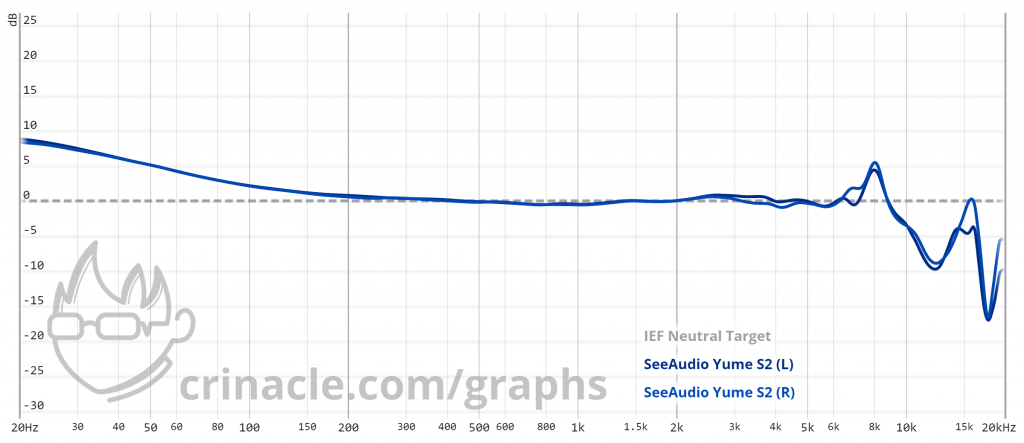

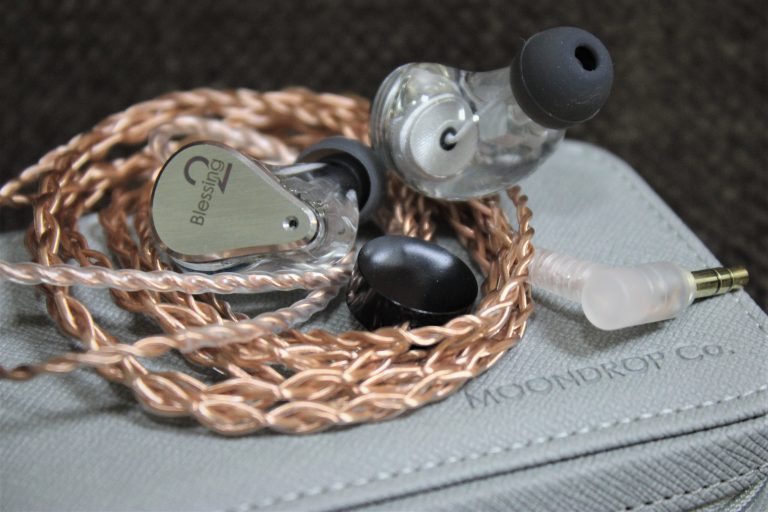
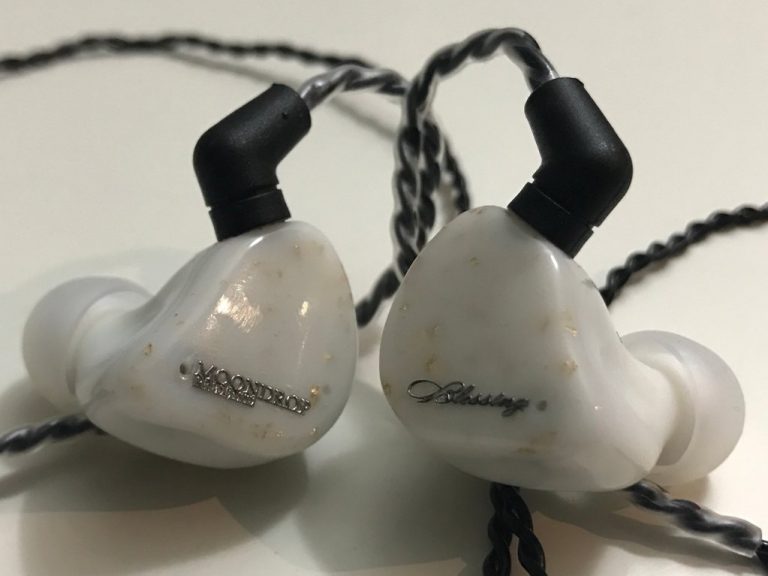
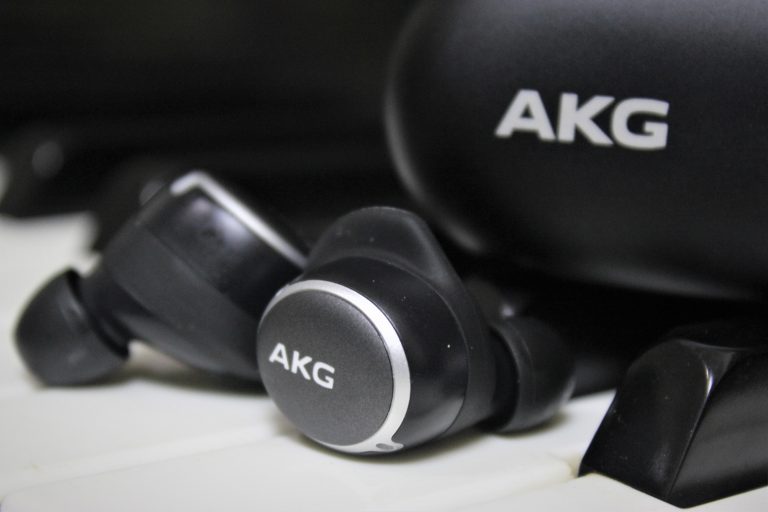
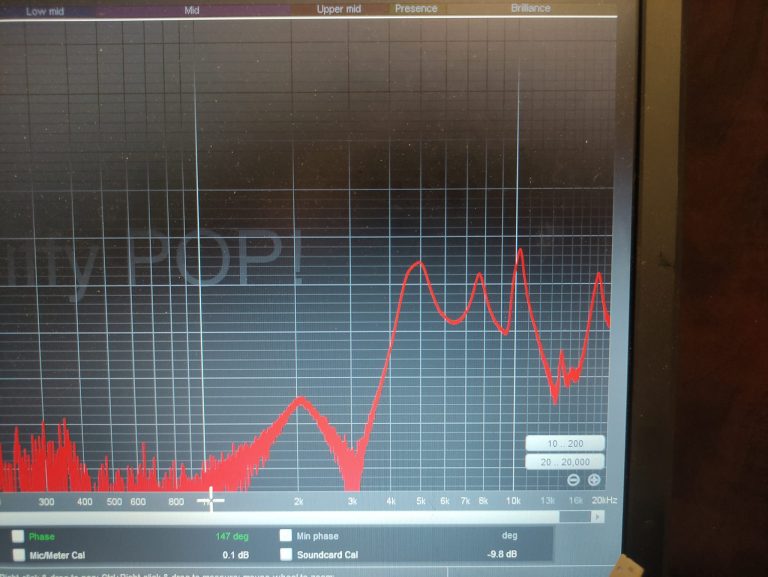


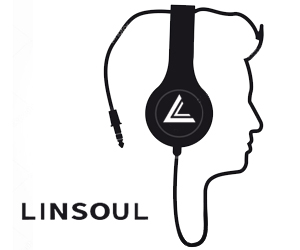


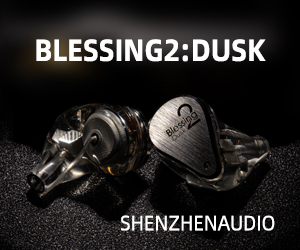
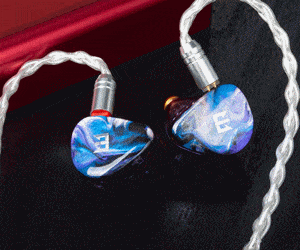

3 thoughts on “SeeAudio Yume Review: One Trick Wonder”
If you had to pick one: SeeAudio Yume or ThieAudio Legacy4? Which one and why?
You give them both a B grade (and 2 stars).
I’d pick the L4 simply because the tonality is something that could grow on you, and imo if you’re fine with bright sounding IEMs, it’s really quite good. The Yume’s technicalities on the other hand is a dealbreaker for me. It just sounds mushy and wrong in comparison to the L4
Man, if this could be at least a B grade in technicalities it would be a master piece in it’s price tag.